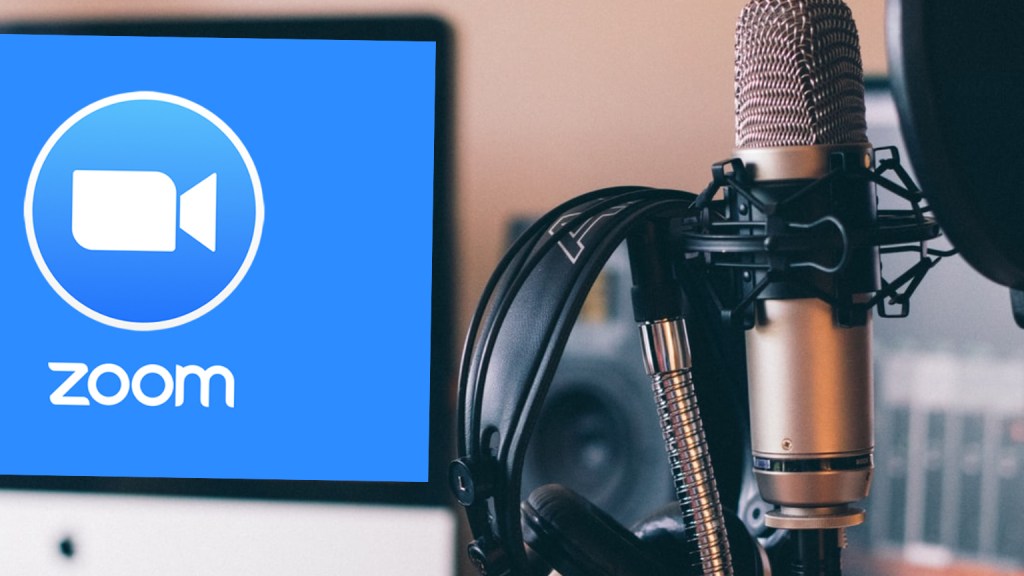
When I first started the K-Stream podcast, I found myself Google searching “how long should my podcast be?” I found out that there are a lot of factors that go into that decision, but according to a recent article from Rephonic, podcast episodes are getting shorter.
“We then looked at every episode released by podcasts with more than 10,000 listeners per episode and found that the average episode length is 37 minutes,” says Rephonic.
The article goes on to say “The average episode release frequency of top-performing shows is 5.3 days, but this figure varies from category to category.”
This, of course, may not the right balance for everyone. And the key point there is each podcast category is going to be different when it comes to length and frequency.
It also depends on your niche, your audience, or even the platform.
Christoph Trappe, content marketer, author and host of The Business Storytelling Show, which has more than 500 episodes, publishes his podcast to the DB&A television network. TV is very strict with timing, which means he also needs to be strict when timing his show.
Mine are now 26 minutes because of the TV slot they go into and I release one every 3 to 7 days. https://t.co/JOYtytcRBI
— Christoph Trappe (@CTrappe) September 23, 2022
If you’re publishing a news or sports podcast, you’ll likely have shorter episodes and launch them more frequently, simply because of the nature of those two categories.
On the other hand, categories like history, science and crime likely take a lot more prep time due to research and interviews that might be needed. That means longer episodes and launching at less frequency. These series also do well in a “season” format, where multiple episodes are launched in batches.
Resources also come into play. Joe Rogan regularly cranks out 2-3 hour episodes several times a week. Big team, big budget.
I’m a big fan of Joe Pulizzi’s weekly Content Inc. podcast with most episodes going less than 10 minutes. Likely a much smaller team than the other Joe. Different niche, different audience, likely a different budget.
I personally enjoy the shorter episodes, especially because I don’t have a long commute to work anymore. I like listening on my runs, walks, or short car rides whenever I do drive somewhere.
For what it’s worth, and I really don’t know why, but if I see something around 30 minutes or less, I’m in.
Listen next:










